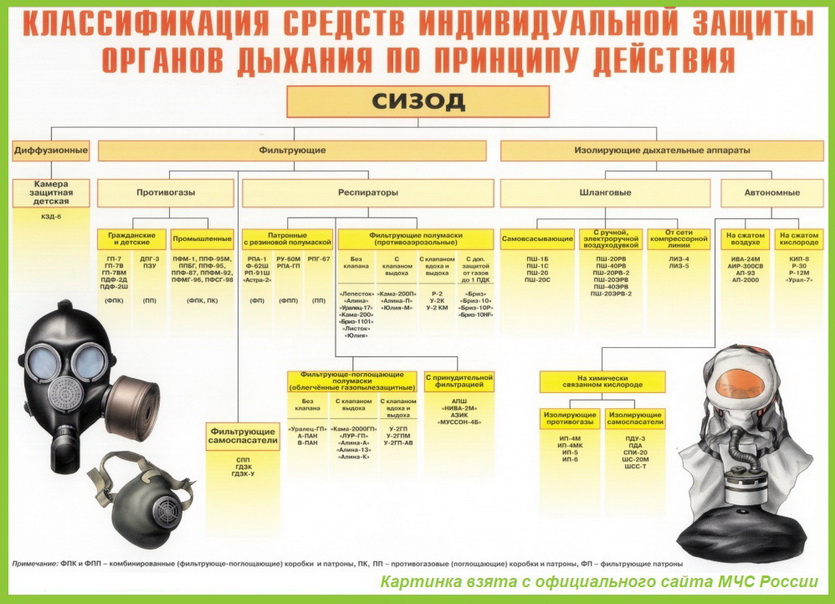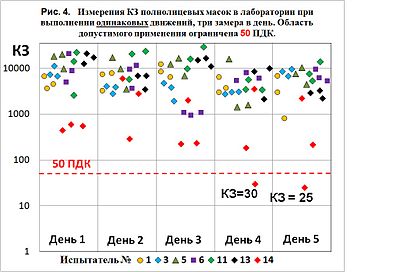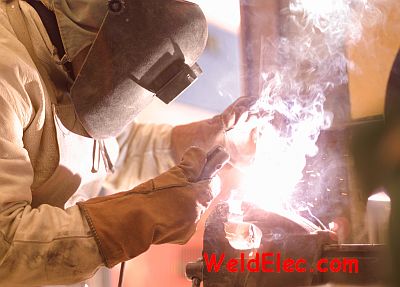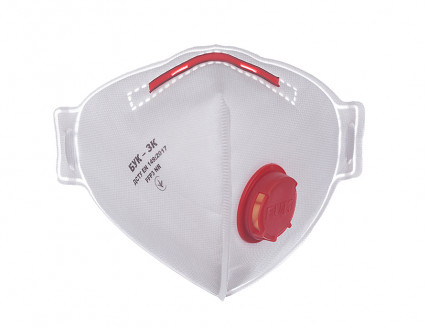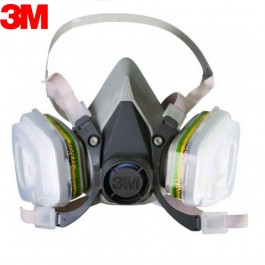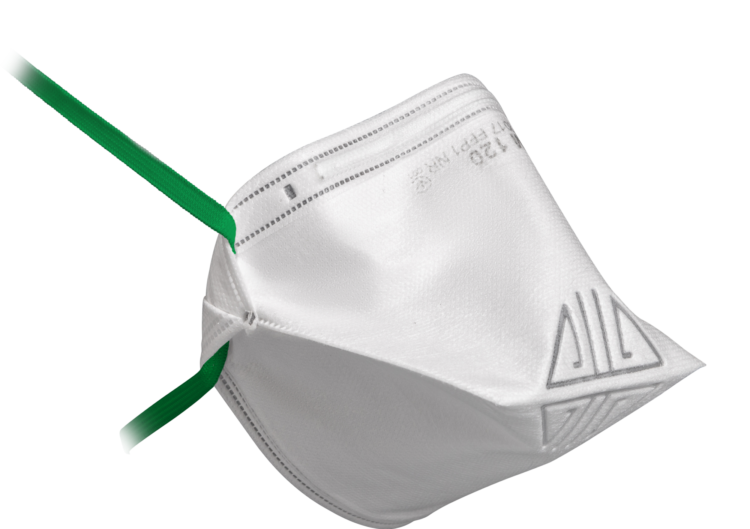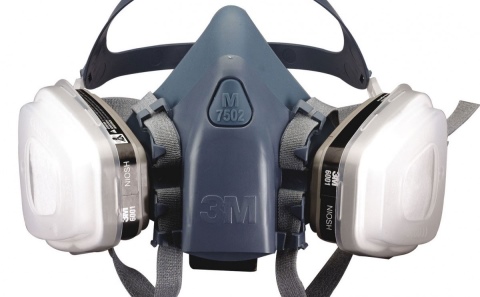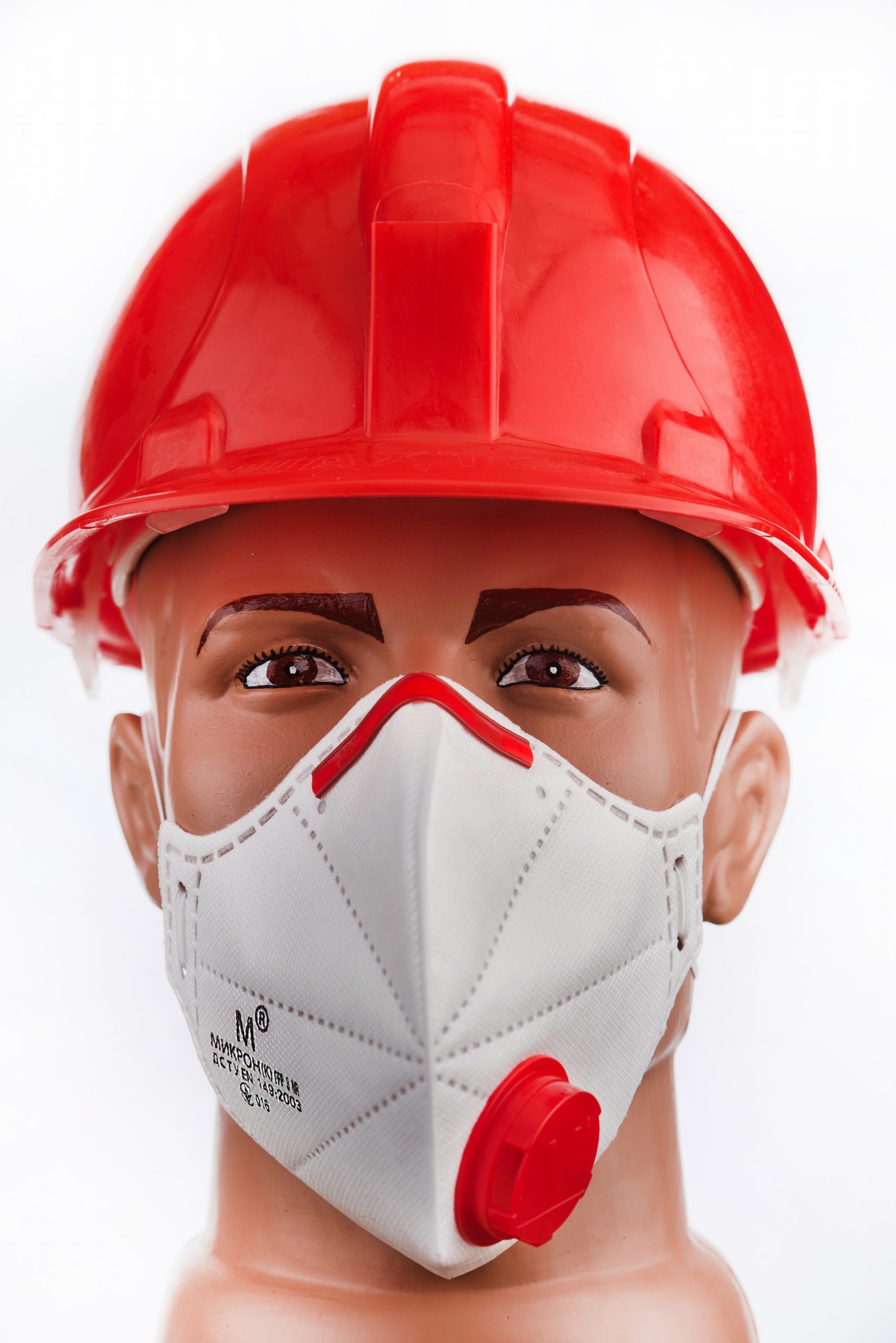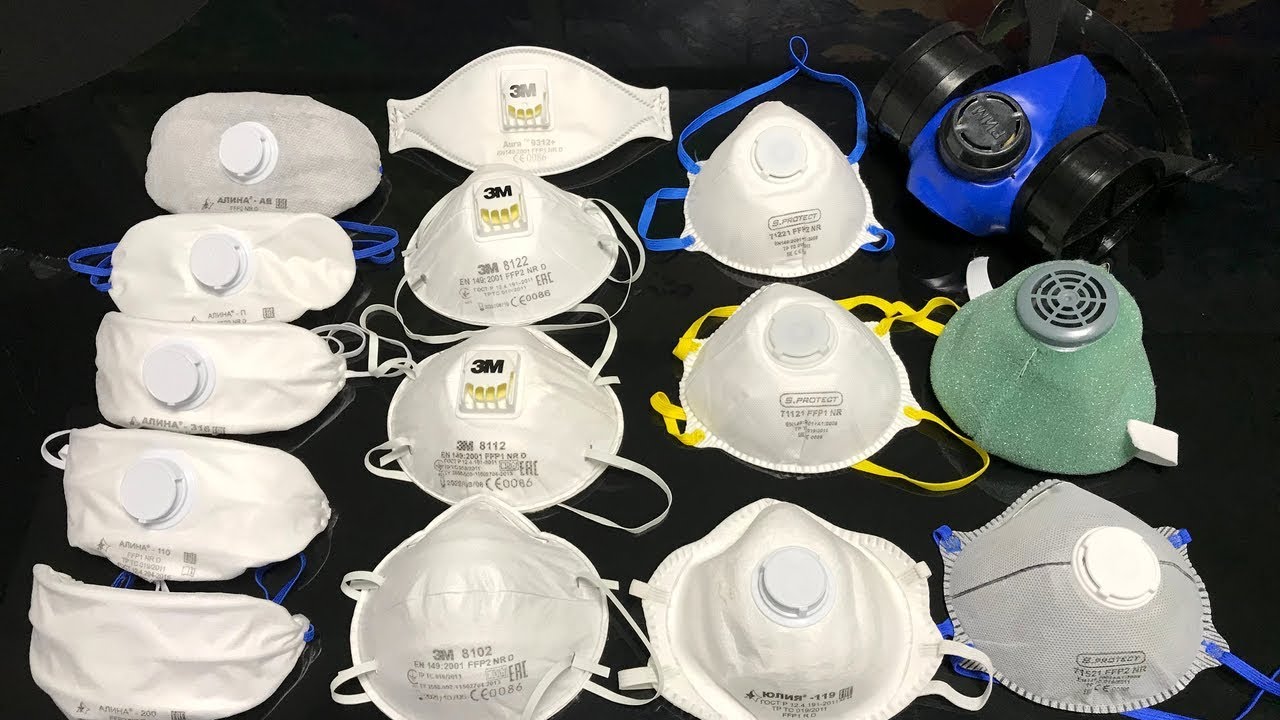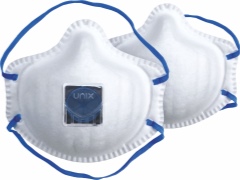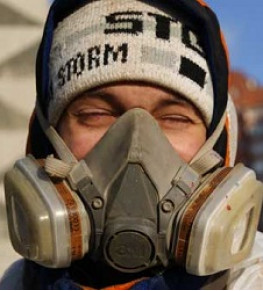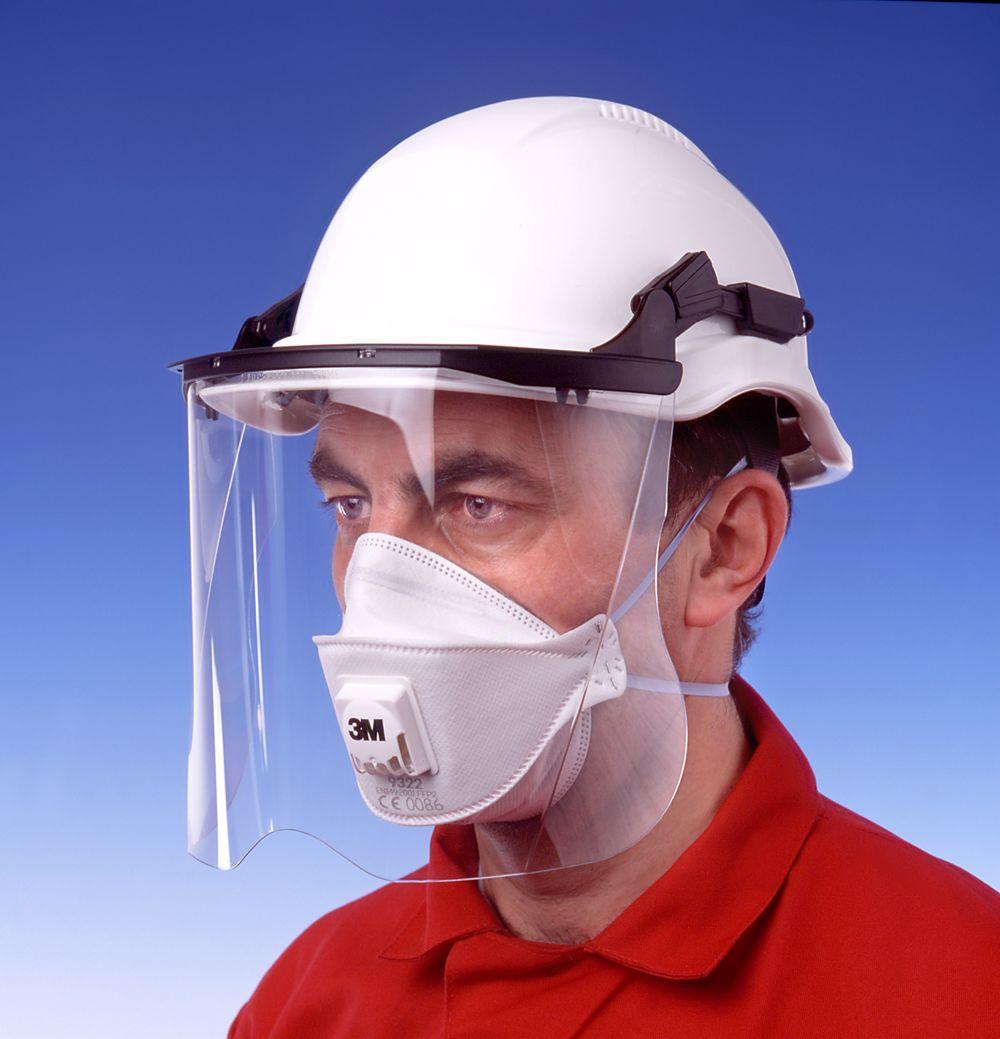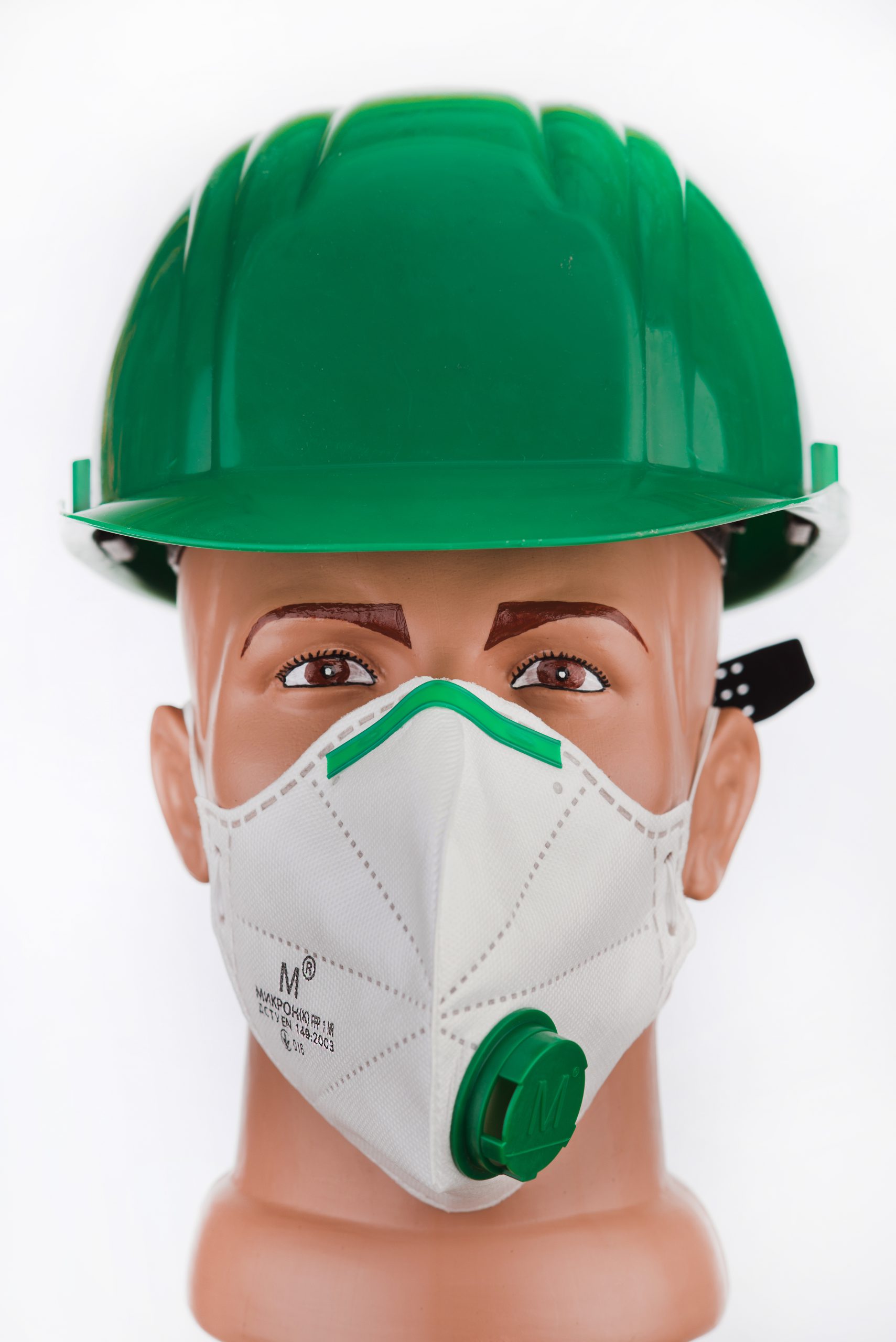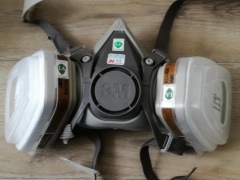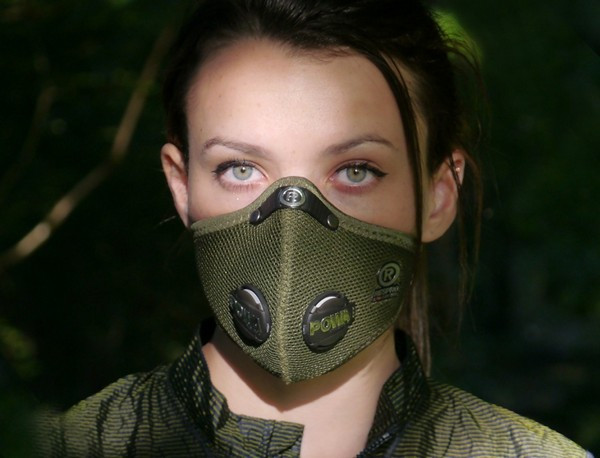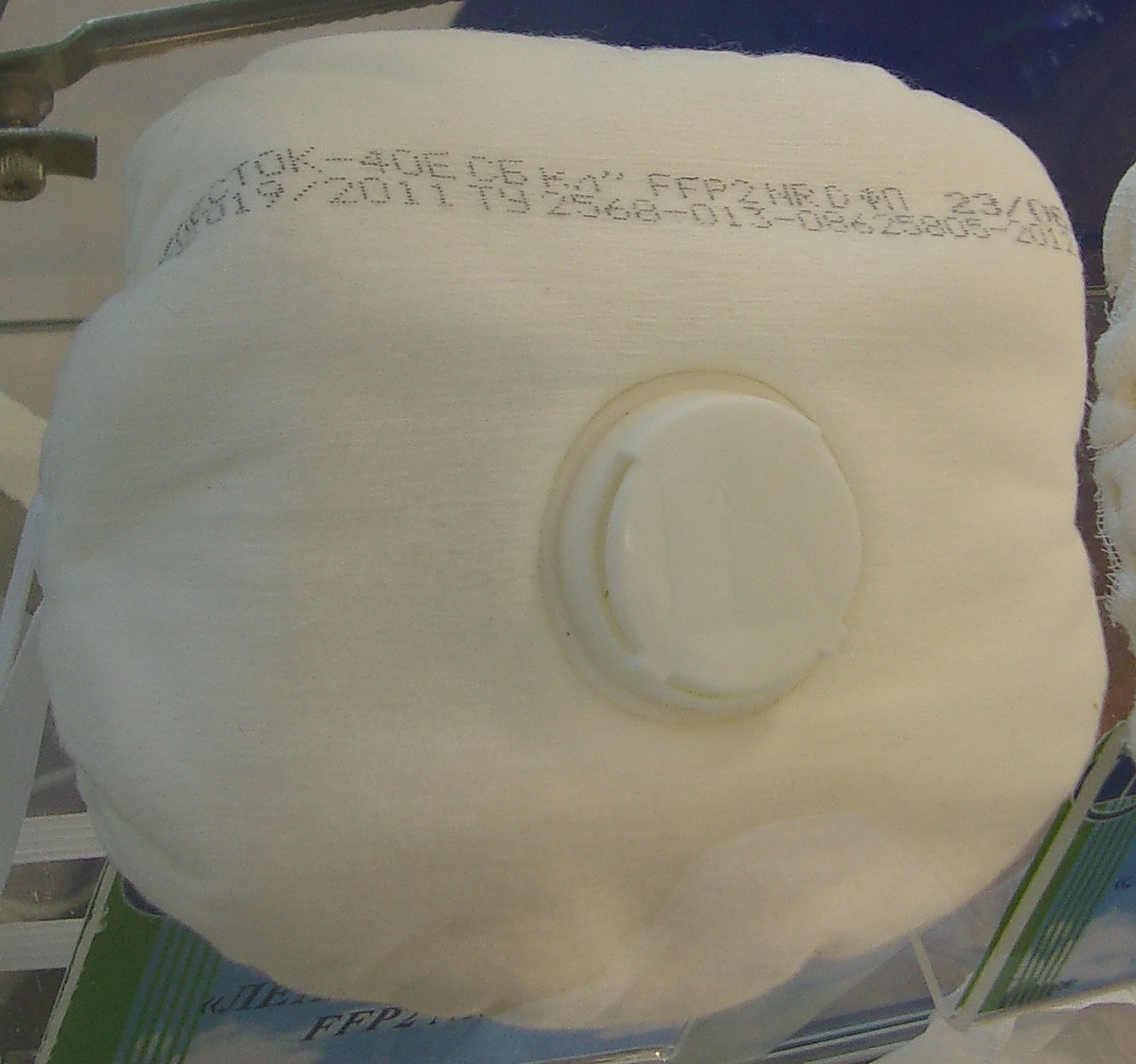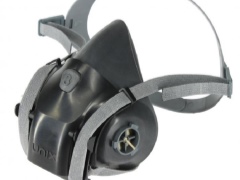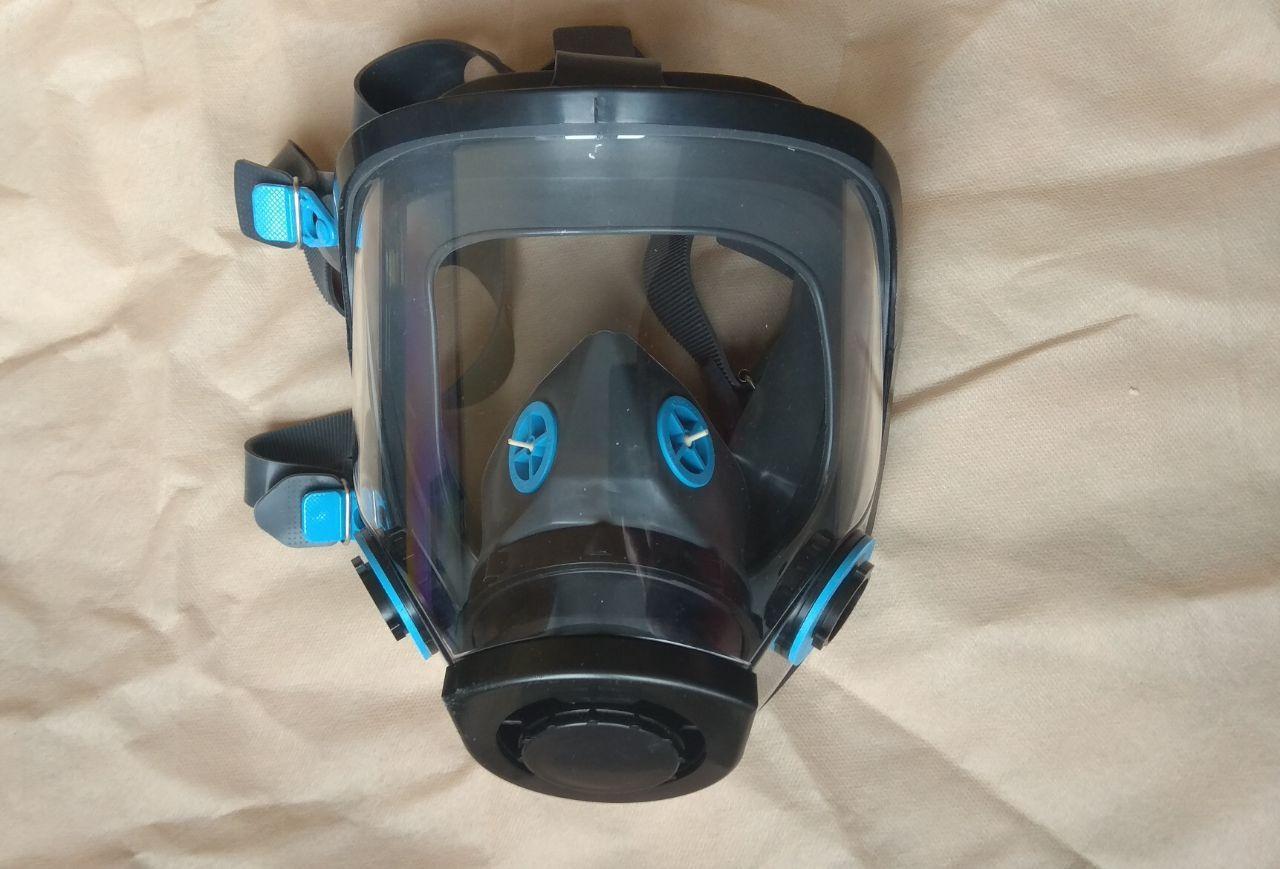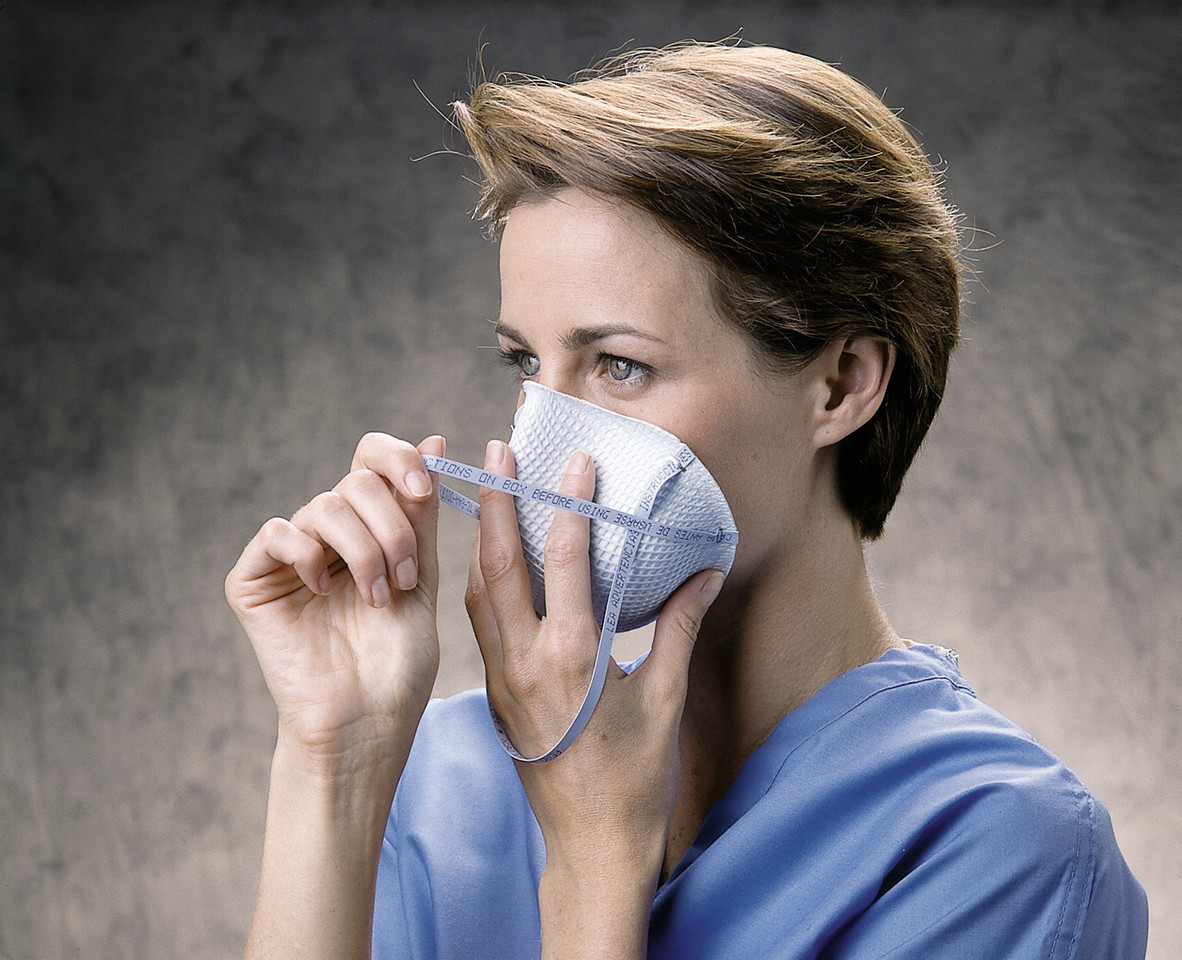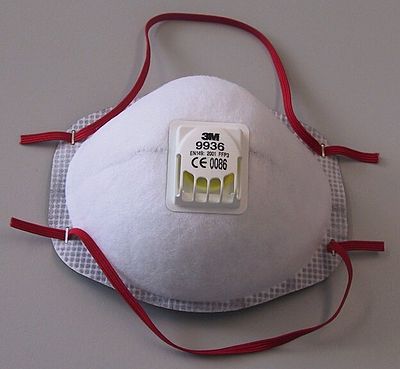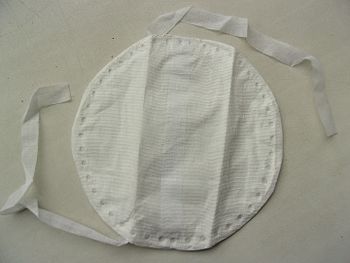How to choose?
The selection of a half mask should be taken very responsibly.
To make finding the right product easier, follow the guidelines below.
Measure the parameters of the face. There are three sizes of half masks: for face height up to 10.9 cm; 11-19 cm; 12 cm or more. The parameters are measured from the lowest point of the chin to the largest depression on the bridge of the nose. The measurement results are guided by when choosing the size of the mask. As a rule, it is indicated at the bottom of the mask with a number - 1, 2, 3.
Next, you need to get the goods out of the packaging and inspect for external damage and defects. If the integrity of the half mask is violated, then it will not be able to provide the necessary protection and it is not worth purchasing such a product.
Try on the product. How to properly fix the mask on the face is indicated in the instructions (insert) that comes with each product.
You need to pay attention to the tightness of the face of the respirator, as well as the convenience of the elastic bands. If they are too tight, but it is better to choose another half mask model.
Evaluate the conditions in which the half mask will be used
This is one of the most important criteria. So, if ventilation works well in the working room, then you can purchase the simplest half mask. However, if ventilation works poorly or is absent altogether, then it is necessary to consider more serious models of respirators: in a confined space it will be required protection class FFP 2; for hazardous industries with a high concentration of harmful substances, models with a built-in indicator that will notify the end of the filter's life, as well as supplemented with eye protection, are suitable.
If respirator work is carried out on a regular basis, then reusable frame half masks with replaceable filters should be considered.

Only a high-quality half mask can provide reliable protection against harmful substances. Saving on protective equipment can negatively affect health, so it is better to give preference to not the cheapest models from time-tested manufacturers.
How to choose a respirator, see below.
What are they?
Half masks are divided into several types according to three main criteria.
By appointment
Depending on the purpose of use, half masks are like this.
Medical. This type of respirator protects the respiratory system from chemical and biological (bacteria, viruses) threats and ensures the safe work of medical personnel.
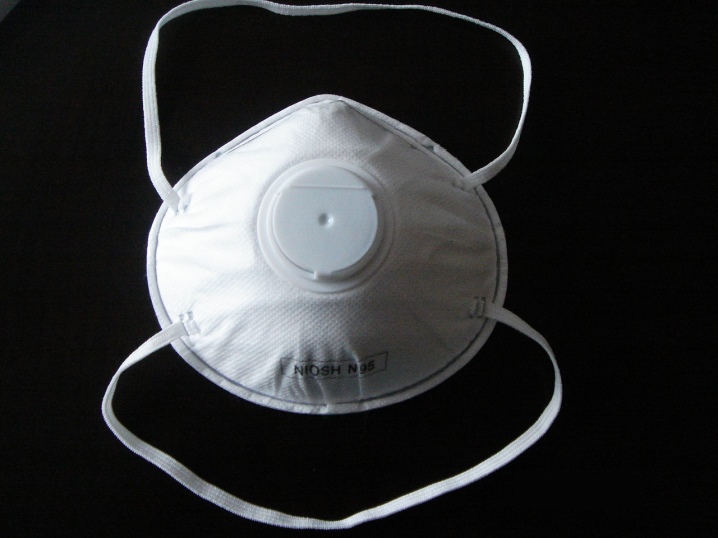
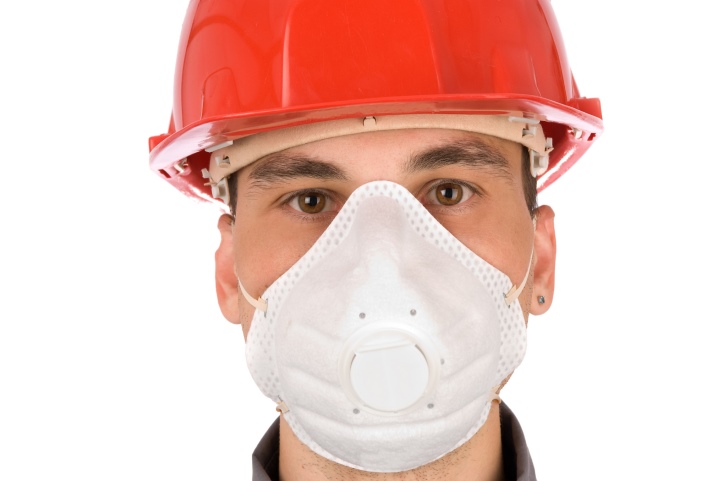

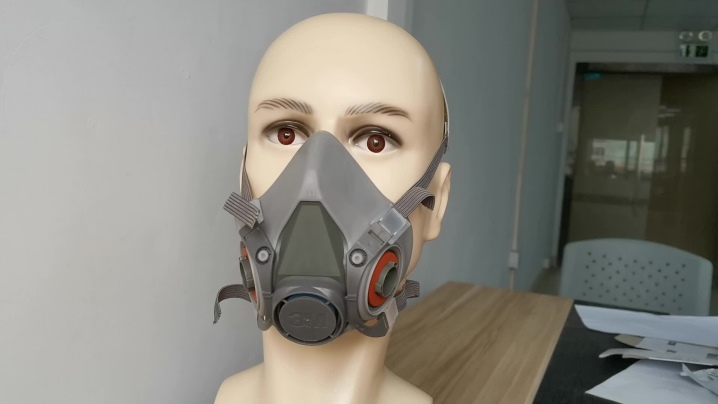

The rest of these PPE are most often sold in highly specialized stores in large quantities.
Where possible use
According to the principle of operation, respirators are divided into 2 types.
Insulating. This type of half mask is built on full autonomy and provides maximum protection and safety for a person. Typically, insulated PPE is used in extremely polluted environments where filtration does not provide adequate air purity. The disadvantages of such models of respirators include only the fact that the supply of oxygen in them is limited. Isolating half masks can be self-contained or hose-type. Autonomous can have an open or closed circuit. In the first case, the air through the exhalation valve is directed through the tubes for additional oxygen enrichment and returns to the person again. In the second case, the air exhaled by a person is discharged into the environment. Hose models of isolating half masks can supply air directly to the mouth in a continuous mode, as needed or under pressure.
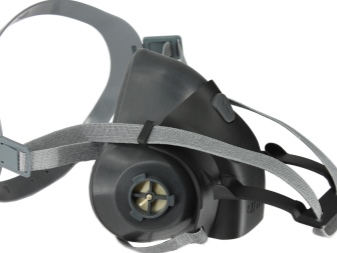
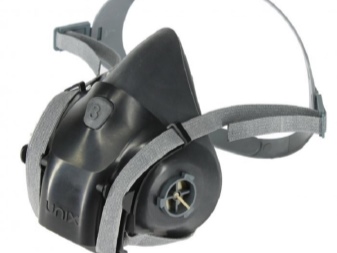
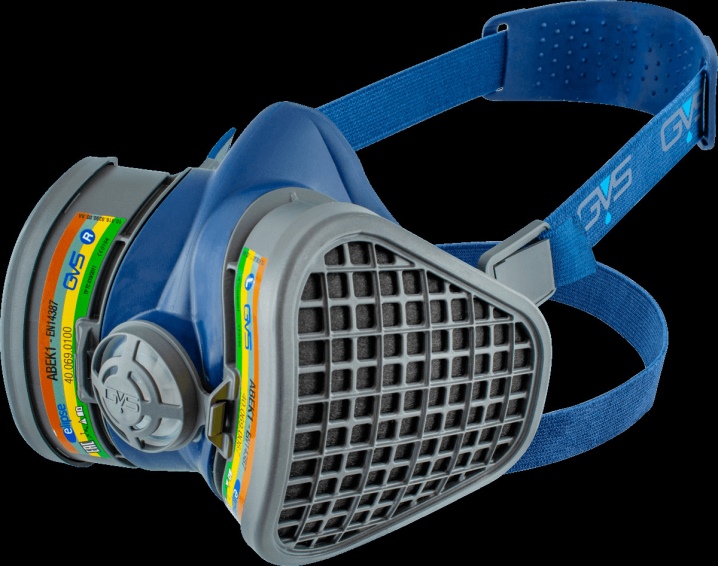
By type of protective mechanism
According to this criterion, respirators are as follows.
- Anti-aerosol. Reliably protects against dust and smoke.
- Gas mask.Provides protection against gases and vapors such as paint.
- Combined. These are universal models of half masks that protect the human respiratory system from all types of suspended pollution.
Each respirator has a protective activity class (FFP). It shows how well the product filters the air. The higher this indicator (there are three in total), the better the half mask retains contamination:
- FFP 1 provides filtration efficiency up to 80%;
- FFP 2 keeps 94% of harmful impurities in the air;
- FFP 3 protects 99%.

